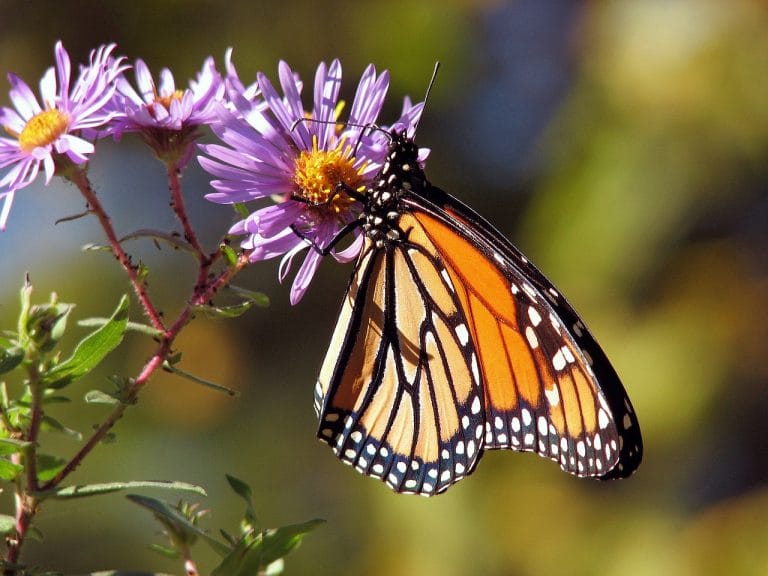
- Monday-Friday 7AM – 5PM | Saturday 7AM - 5PM | Sunday: 8AM - 4PM
Menu
Cicadas are among the most fascinating and unique insects in the natural world, known for their loud calls and their remarkable mass emergences. Found in temperate to tropical climates, these insects have intrigued scientists and the public alike, offering a window into the complexity of nature and the intricacy of evolutionary biology.
Cicadas are winged insects known for their prominent eyes wide apart on their head and transparent, veined wings. They fall into two primary categories: annual cicadas, which appear every year, and periodical cicadas, known for the notably longer 13 or 17-year intervals between emergences.
The lifecycle of a cicada begins with the egg stage, where after mating, female cicadas lay their eggs in slits they cut into tree limbs.
Once hatched, the nymphs fall to the ground and burrow into the soil, where they will remain for several years, feeding on sap from tree roots.
After maturing, cicadas emerge from the ground, shedding their nymphal skin and transforming into adults to mate and continue the cycle.
Adult cicadas live only a few weeks above ground, during which they mate and die shortly after, completing their life cycle.
Periodical cicadas are best known for their synchronized emergences every 13 or 17 years, an astonishing natural phenomenon. These emergences are primarily found in the eastern United States and are a survival strategy: by emerging in massive numbers, they overwhelm predators, ensuring the survival of enough cicadas to perpetuate their species.
The loud sounds produced by male cicadas are not just noise but a call to attract mates. This sound, which can be heard up to a mile away, is produced by the rapid buckling of a membrane called a tymbal on the sides of the abdomen.
Cicada mating involves a series of acoustic signals to attract females. Males compete by singing, and females respond with timed wing flicks to accept the advances of a suitor.
Despite their defense strategy of overwhelming numbers, cicadas face numerous predators, including birds, reptiles, and small mammals. Their primary defense is their large emergence size, which dilutes the effect of predation on the overall population.
Cicadas have been part of human culture and folklore for centuries. In many cultures, cicadas symbolize rebirth and immortality, and they have been featured in literature, music, and art around the world.
The emergence of cicadas can have significant effects on the ecosystems where they occur. Their decaying bodies enrich the soil with nutrients, and their feeding as nymphs can influence the growth patterns of host trees.
Recent research on cicadas has focused on their genetics and the impacts of climate change on their life cycles. Studies have also examined how their periodic emergences can serve as predictors of environmental health.
Common myths about cicadas often include exaggerations of their danger to humans and misunderstandings about their lifespan and behavior. These insects are harmless and do not bite or sting.
For those living in areas prone to cicada emergences, it’s helpful to know how to protect young trees from the egg-laying practices of female cicadas and to prepare for the noise of a large emergence.
Cicadas are found on every continent except Antarctica. They thrive in a variety of habitats, adapting their life cycles to local climates and conditions.
In some cultures, cicadas are considered a delicacy and are consumed for their nutritional value. They are harvested during emergences and are often fried or baked.
As the climate changes, the patterns of cicada emergences may also shift. Conservation efforts are crucial to ensuring that these fascinating creatures continue to thrive and serve as important parts of their ecosystems.
Cicadas play a crucial role in the ecological balance of their environments. Understanding their life cycle and impact on ecosystems helps highlight the interconnectedness of nature and the importance of biodiversity.

In an era where sustainability is more than a buzzword, Whispering Hills Garden Center

June is National Pollinator Month, a perfect time to celebrate the essential role pollinators

As the weather warms up, spending time outdoors becomes more appealing. However, with the
**IMPORTANT** Non e-commerce prices listed on various pages of this site, may not reflect the most up-to-date prices. Call to verify prices before coming in.